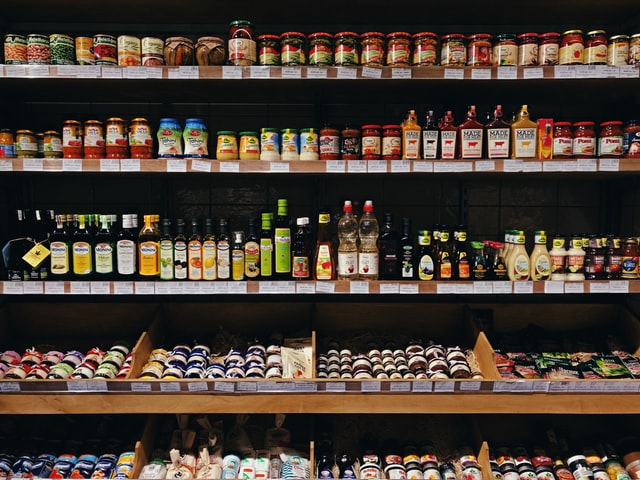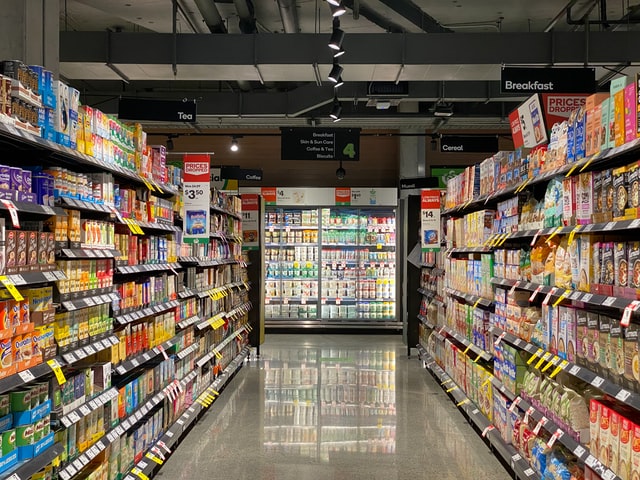While it can be hard to find the time when you’re running a busy company, setting clear business objectives is essential if you’re looking to achieve success. Without them your company will lack direction, and may not be able to meet even its short-term goals. This can not only lead to frustration among employees, but also a decline in sales or profits. This is typically the exact opposite of what most businesses want to achieve!
In this blog post, we will discuss the three key benefits of having clear objectives: measuring success, improved leadership, and better decision-making. Read on to learn more!
Measuring Success
One of the biggest benefits of having clear business objectives is that it allows you to measure success. When you have a goal, you can track your progress and see if you are on track to achieve it.
For example, if you’re looking to increase your food product sales by 20%, you may decide to create a marketing strategy that will help you achieve that goal. You can then track and measure your sales regularly to see if your chosen tactics are working, and whether you’re making enough progress to meet your objective. If not, you can make changes to your strategy that may ultimately improve your chances of success. This ability to measure success allows you to adapt quickly and improve your chances of reaching your goals.
Improved Leadership
Another key benefit of having clear objectives is that it can improve leadership within your company. When everyone in the company knows what the goals are, they can work towards them more effectively.
For example, a company that is looking to expand its operations into a new market may need to create a new sales team. By having clear objectives, the leaders in the company can develop a plan and give direction to the new sales team so they know what they are working towards. This type of clarity can also help improve communication within teams, as everyone will be on the same page. Uncertainty among your team can really get in the way of achieving your goals, so it’s worth taking the time to clearly lay out your business objectives.
Better Decision-Making
Finally, having clear objectives can also lead to better decision-making within your company. When you know what you’re after, it’s easier to make choices that will help you achieve your goals.
For example, if one of your objectives is to improve customer satisfaction, you may not even question a decision to invest in new customer service software. This type of decision is easier to make when you have a goal in mind, as opposed to making choices blindly.
Furthermore, good decision-making can help your company reach its objectives more quickly. You’ll be less likely to waste your energy on options that have little to do with your objectives. By making decisions that are aligned with your goals, you’ll be able to save time and resources.
Need some help setting or achieving your food business’ objectives? Contact the greater goods today to see how we can help!







